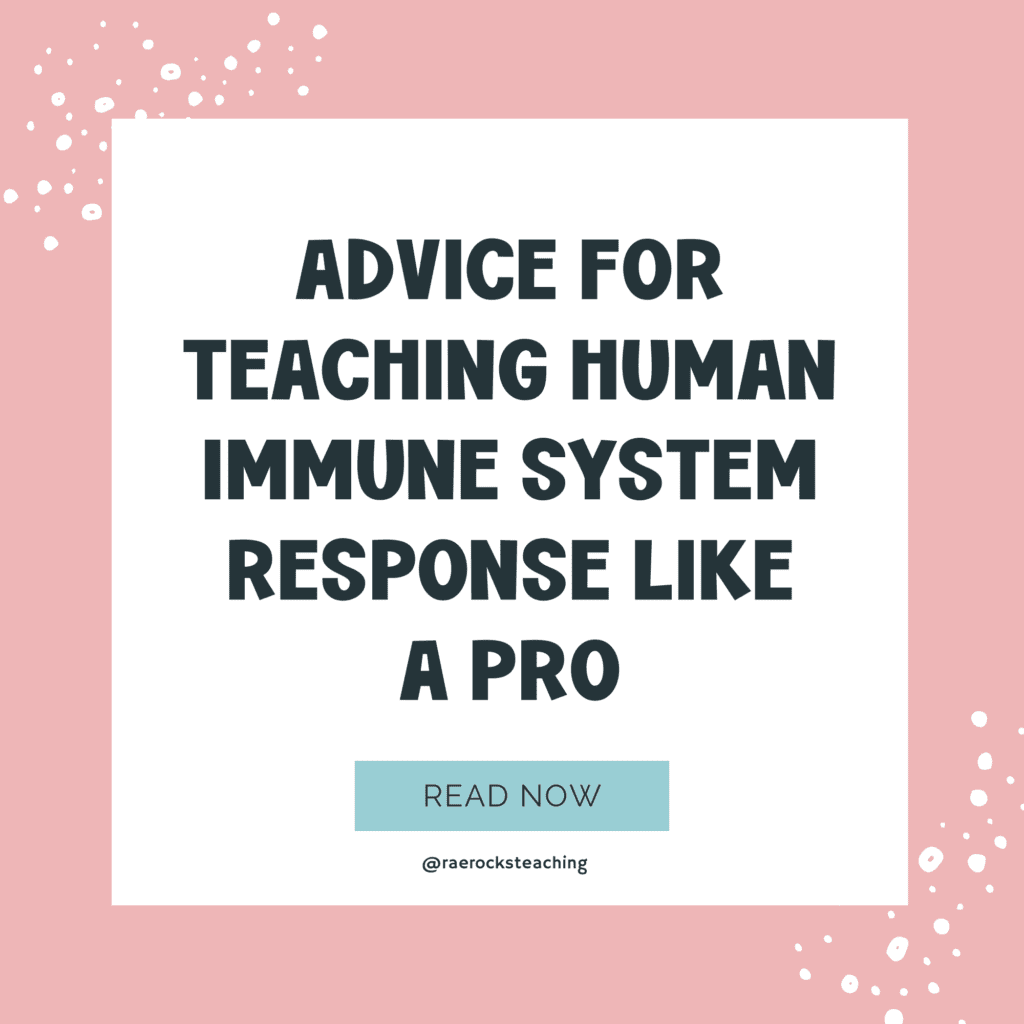So, teaching the human immune system response, huh? Not exactly the easiest topic, but when students get it—it’s magic. You see the light bulb go off, and they finally understand how their body keeps them safe. But let’s be real: between antigens, antibodies, and T-cells playing bodyguard, it can get a bit…intense. So how do we bring this topic down to earth for them without overwhelming everyone (including us)? Here’s my take on making the immune system engaging, understandable, and even fun for high school students.
And hey, I know we’re all busy, so I’ll share a few of my favorite tools and resources I’ve put together to keep your prep time minimal and your teaching time maxed out. Let’s get into it.
Why the Immune System Actually Matters to Students
First off, let’s make this personal for them. Most students know that their body has defenses, but they don’t always realize how incredible (and complex) those defenses are. Bringing it to their level—like explaining why a cut gets red and puffy or why their allergies act up in spring—can turn this into more than just a lesson. It becomes something real.
So, one way I like to start this unit is by posing a question, like: “What’s happening when you get a scratch on your arm and it gets red and warm?” Suddenly, they’re curious, and you’ve got them thinking about how the immune system affects them every day.
How to Make the Immune System Stick
Show, Don’t Just Tell
Visuals are your best friend here. Immune system vocab can sound like alphabet soup, so giving students clear diagrams and maybe even a fun little “who’s who” of immune cells really helps. In my Human Immune Bundle, I have a PowerPoint with Cornell notes that lays out each key player (white blood cells, antibodies, antigens) with clear visuals and simple descriptions. It’s designed to make all the “immune talk” less confusing and help them feel like they’re in on the story.
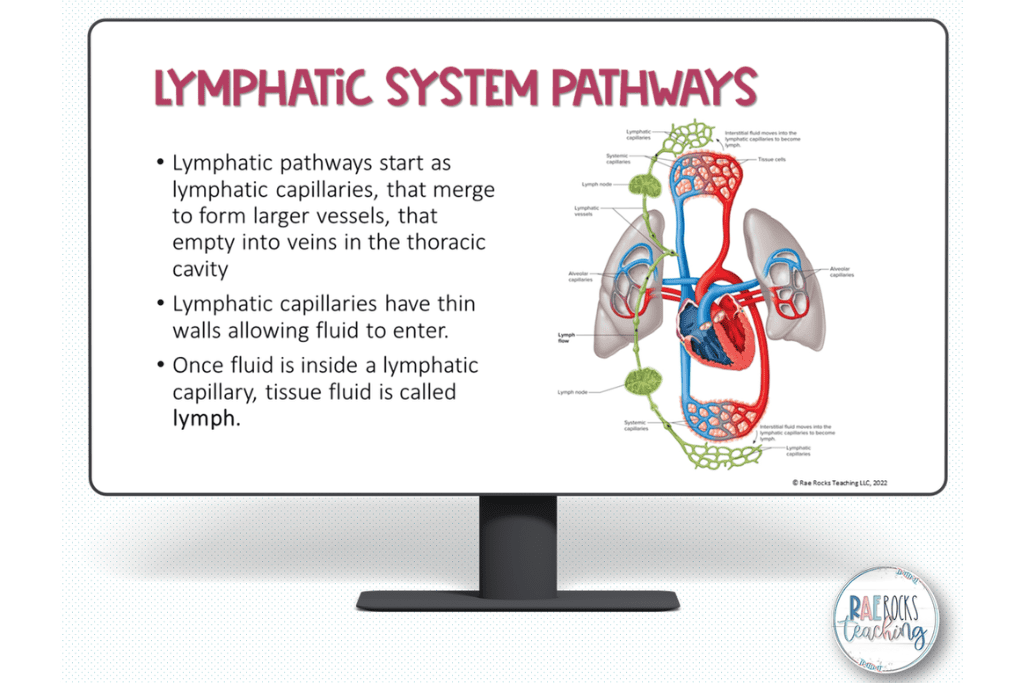
-
Save

-
Save
Hands-On with a Real-Life Twist
This is where the fun starts. Instead of rattling off white blood cell types, why not let students be the doctors for a day? I created a white blood cell (WBC) differential project for exactly this reason. They get lab results, analyze “patients,” and start connecting the dots between lab values and potential illnesses. This one’s always a hit in my classroom—it’s like solving a medical mystery.

-
Save
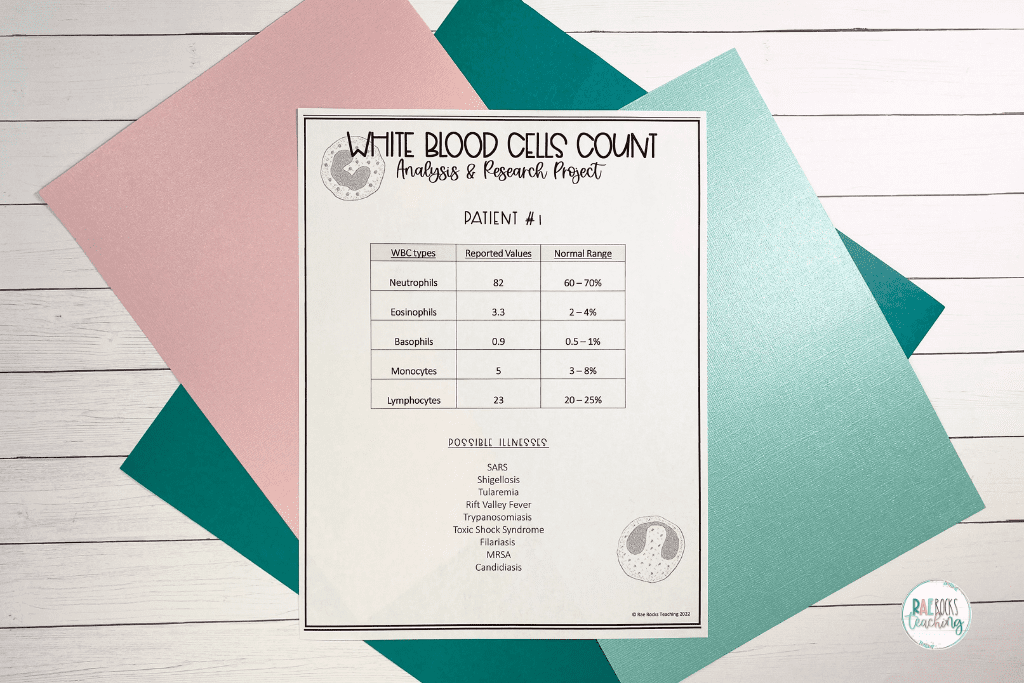
-
Save
The project is straightforward but super powerful. Students learn how WBCs act in the immune system response and see the impact each cell type has on diagnosing infections. If you’re looking to make immunity memorable, this is one of my favorite ways.
Make It a Group Thing
Discussions might sound basic, but when students start bouncing ideas off each other, it’s amazing what they come up with. Give each group an antibody type, like IgG or IgA, and have them present on how their antibody would “defend” the body in a given scenario. They’ll end up teaching each other as much as you do, and it’s way more fun than lecturing about each type.
This activity is in the bundle as well, complete with “defender discussion” cards that guide their conversation. Let’s just say it beats staring at a textbook.
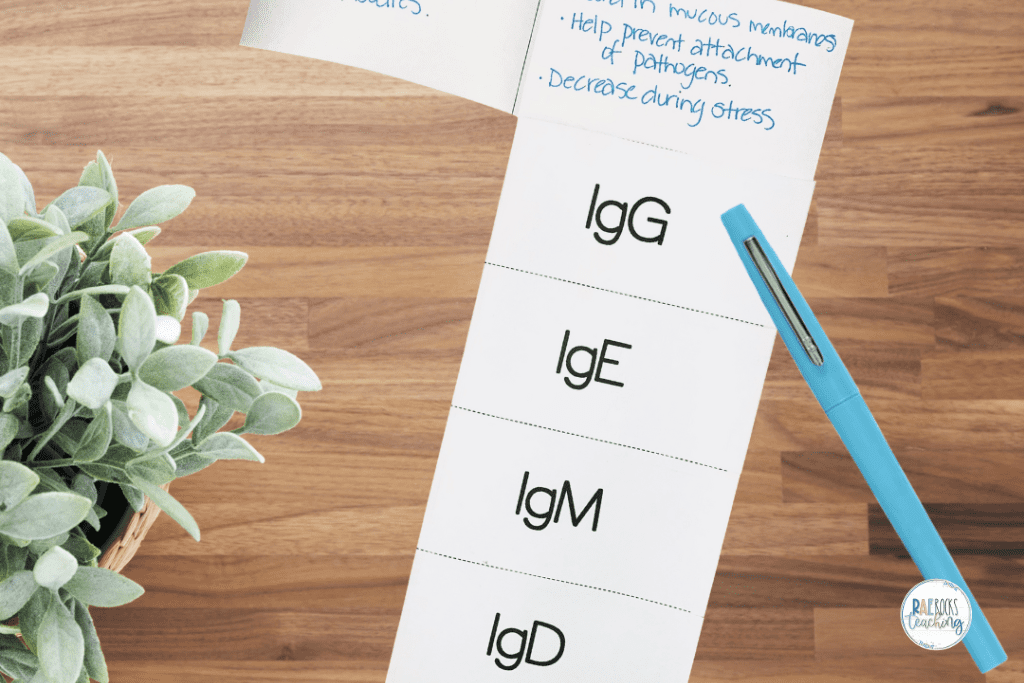
-
Save

-
Save
Review with a Twist
After they’ve learned about immune cells and responses, I like to bring it all together with a game. My go-to? A board game where students earn points by answering questions on everything from immune cell roles to real-world scenarios. It’s the perfect way to wrap things up, get a little competitive, and review without the pressure.
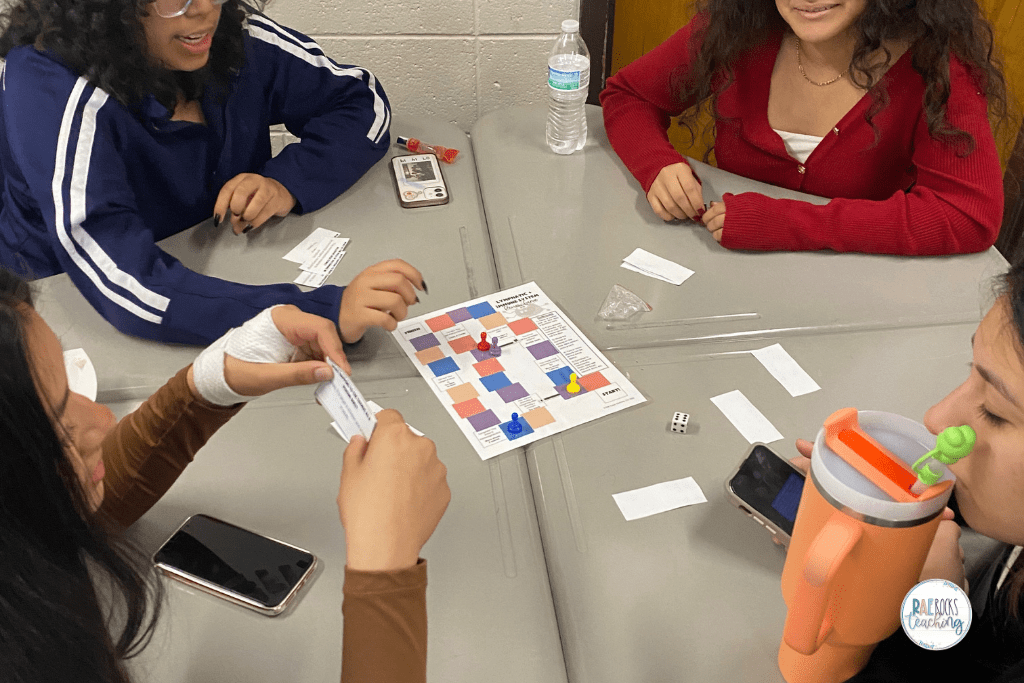
A few rounds, and suddenly even the most “meh” students are on board, discussing immunity like pros. And yep, I’ve included a review game in the human immune system response bundle to make this super easy for you to set up and use right away.
Let Them Solve “Cases”
Nothing says “real world” like a case study, and students love putting their detective hats on. I give them scenarios with specific immune responses and let them diagnose what might be going on. It challenges them to apply what they’ve learned, plus they get to practice analyzing symptoms just like they would in a real healthcare setting.
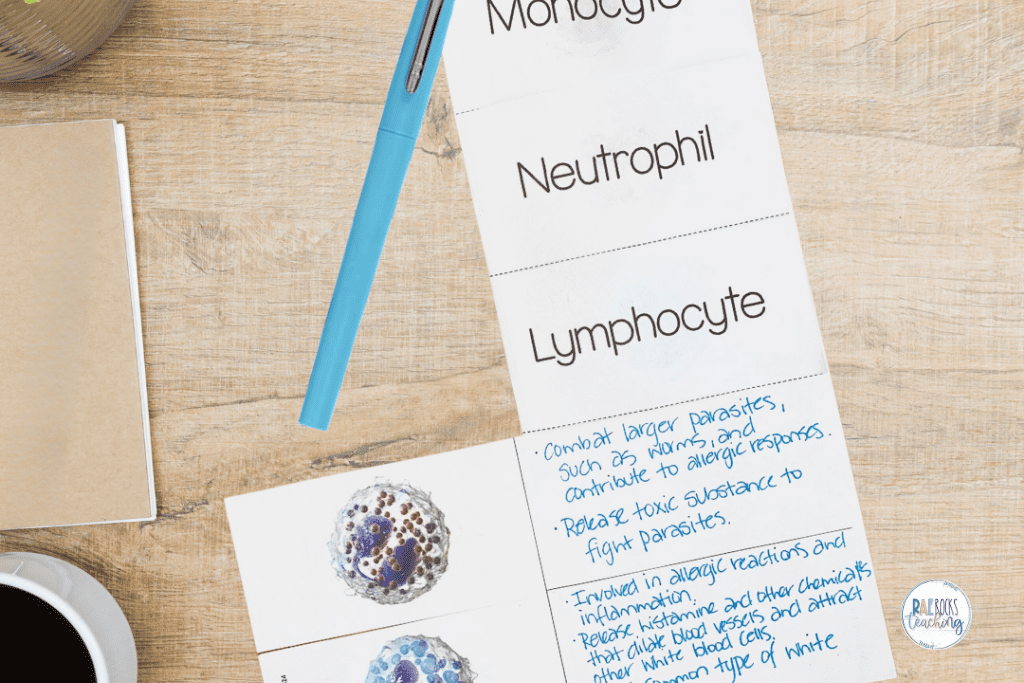
-
Save

-
Save
In the bundle, I’ve got mini case studies for students to work through. It’s low-prep for you and gets them thinking beyond the typical multiple-choice question.
Wrap It Up with a Guide and Test
At the end of the unit, I like to bring it all together with a study guide and a test. I don’t want them to just memorize; I want them to understand. A good review guide lets them take everything we’ve covered and piece it together one last time before the test.
The study guide and test are included in the bundle, so you’ve got a ready-to-go way to review and assess their knowledge. Less time prepping, more time teaching—yes, please!
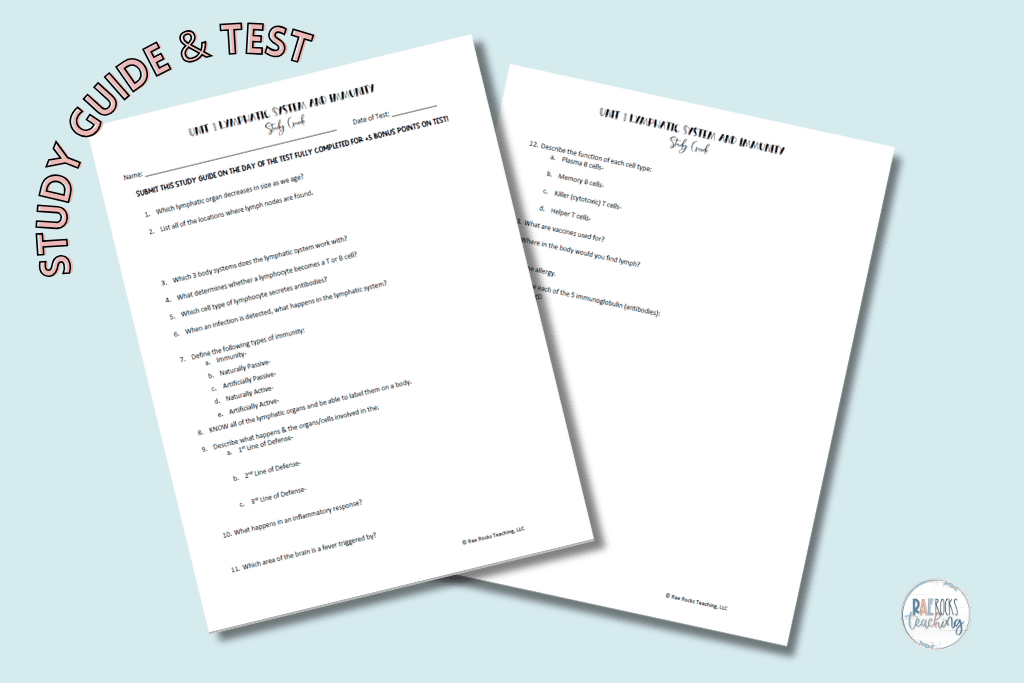
-
Save
Making Immunology Their Story
The immune system can be one of the hardest topics to teach, but it’s also one of the most impactful. By getting them curious, using hands-on activities, and reinforcing everything with real-world examples, you’ll not only teach them about immunity—you’ll get them excited about it.
If you’re ready to dive in without the hours of prep, my Human Immune Bundle covers everything we talked about: structured notes, hands-on WBC projects, antibody discussion cards, the review board game, and more. I put it together to make teaching the immune system as simple (and engaging) as possible.
Because let’s face it—teaching the human immune system response shouldn’t feel like pulling teeth. With the right tools and strategies, it’s a lesson that can stick with students long after they leave your classroom. Happy teaching!
Don’t forget to grab your FREE COPY of The Ultimate Guide to Engage Students To Learn Anatomy | 7 Secrets To Implement Today

-
Save
I love sharing helpful content with y’all and would love to connect on IG or Facebook. I’m on TikTok too! Follow me and send me a DM with what you need more of because I’m here to help! If you are looking for even more inspiration, find me on Pinterest!
Share via:

